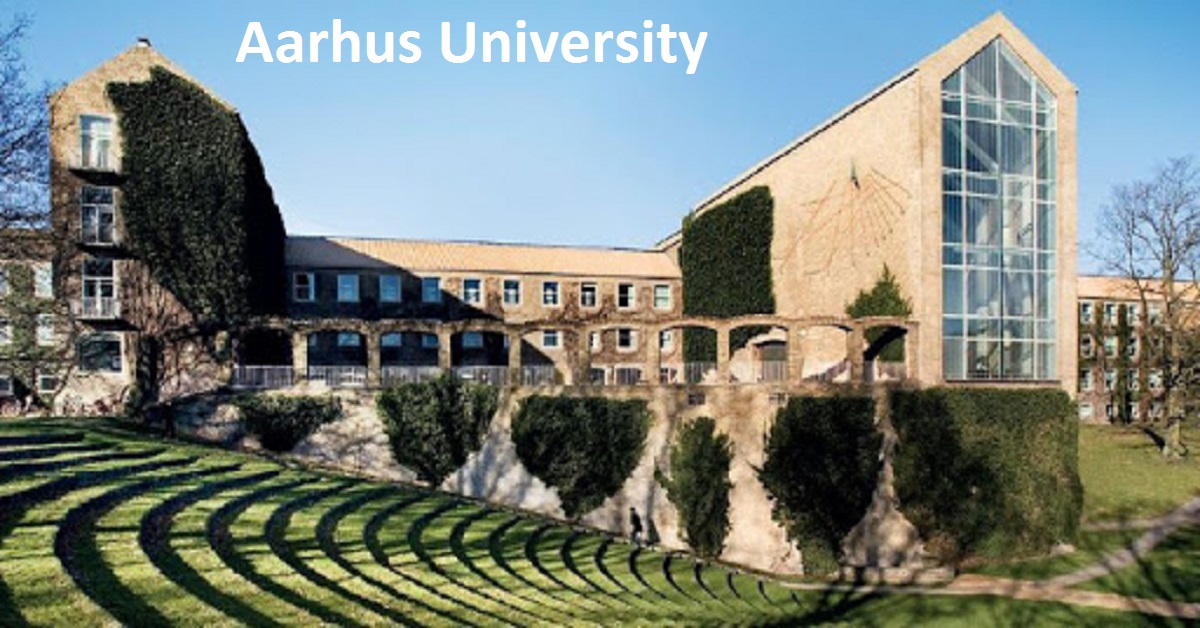Applications are invited for a PhD fellowship/scholarship at Graduate School of Natural Sciences, Aarhus University, Denmark, within the Nanoscience programme. The position is available from August 2022 or later.
Applications are invited for a PhD fellowship/scholarship at Graduate School of Natural Sciences, Aarhus University, Denmark, within the Nanoscience programme. The position is available from August 2022 or later.
Title:
Bone nanostructure in health and disease with focus on the osteocyte network
Research area and project description:
A PhD position is available to study bone nano- and microstructure. Bone is a living tissue that has a complex hierarchical structure and is replete with cells, osteocytes, embedded in lacunae in the mineralized matrix. Osteocytes are connected to other osteocytes forming an osteocyte network but their roles in bone structure, health and disease remain incompletely understood.
3D imaging is especially well suited to study bone due to its complex hierarchical structures. In the PhD project laboratory and synchrotron imaging techniques will be harnessed to study the roles of the osteocyte network in bone as well as the properties of the surrounding mineralized matrix. The role of the osteocyte networks in number of bone diseases and conditions will be studied.
The project is part of a Danish lighthouse initiative on imaging using neutrons and X-rays (www.solid.dtu.dk) and the PhD student will be part of a vibrant community across Denmark working with 3D imaging. The project is an interdisciplinary collaboration between a group in biomedicine lead by Professor Jesper Skovhus Thomsen and the group of Professor Henrik Birkedal at the Interdisciplinary Nanoscience Center and the Department of Chemistry, both at Aarhus University. Hence, the project will have both medical and nanoscience aspects and the applicant should be motivated by and interested in interdisciplinary research. The project will involve in-house X-ray imaging (www.axia.au.dk) and regular use of synchrotron or neutron imaging facilities.
All interested candidates are encouraged to apply, regardless of their personal background. The group currently consists of an almost equal number of male and female members. We see diversity as a strength. It is a priority that the successful candidate has a personality, which promotes positive interactions with group members and staff. Together, we define the future of the group, both scientifically and with respect to thriving in our day-to-day work.
For technical reasons, you must upload a project description. When – as here – you apply for a specific project, please simply copy the project description above, and upload it as a PDF in the application. If you wish to, you can indicate an URL where further information can be found. Please note that we reserve the right to remove scientific papers, large reports, theses and the like.
Qualifications and specific competences:
Applicants to the PhD position must hold a M.Sc. degree in a relevant field, e.g. chemistry, materials science, nanoscience, physics, medicine, or structural biology.
A desire to work in an interdisciplinary research environment is expected.
Experience with programming (e.g. MATLAB/python) and/or with X-ray diffraction, scattering or imaging is an advantage.
Outstanding candidates may apply with a relevant B.Sc. degree and be admitted into the Aarhus University 3+5 years PhD programme.
Place of employment and place of work:
The place of employment is Aarhus University, and the place of work is Interdisciplinary Nanoscience Center (iNANO), Aarhus University, Gustav Wieds Vej 14, DK-8000 Aarhus C,, Denmark.
iNANO, Interdisciplinary Nanoscience Center (www.inano.au.dk), was established in 2002 and at present is a major research and education center based at Aarhus University hosting 60 senior scientists, ~100 PostDocs and ~100 PhD students. The center combines expertise and faculty from Physics, Chemistry, Molecular biology and Medicine to carry out world class interdisciplinary research in Nanoscience and Nanotechnology. The center gives access to a broad range of infrastructure, tools and expertise including clean-room facilities. With a 5 year undergraduate nanotechnology programme and nanoscience graduate programme (www.inanoschool.au.dk) the center provides a full educational environment. In addition to the large base of basic research, the center has a large number of ongoing industrial projects and partnerships.
Contacts:
Applicants seeking further information for this project are invited to contact:
Professor Henrik Birkedal, e-mail: hbirkedal@chem.au.dk
Professor Jesper Skovhus Thomsen, e-mail: jst@biomed.au.dk
How to apply:
For information about application requirements and mandatory attachments, please see the Application guide. Please read the Application guide thoroughly before applying and note the GSNS language skills requirement.
When ready to apply, go to https://phd.nat.au.dk/for-applicants/apply-here/ (Note, the online application system opens 1 March 2022)
- Choose May 2022 Call with deadline 1 May 2022 at 23:59 CEST.
- You will be directed to the call and must choose the programme “Nanoscience”.
- When filling in information about the project, please choose: “Bone nanostructure in health and disease with focus on the osteocyte network (Bnhdfo)” in the dropdown menu in the box named “Study”.
Please note:
- The programme committee may request further information or invite the applicant to attend an interview.
Aarhus University’s ambition is to be an attractive and inspiring workplace for all and to foster a culture in which each individual has opportunities to thrive, achieve and develop. We view equality and diversity as assets, and we welcome all applicants. All interested candidates are encouraged to apply, regardless of their personal background.
